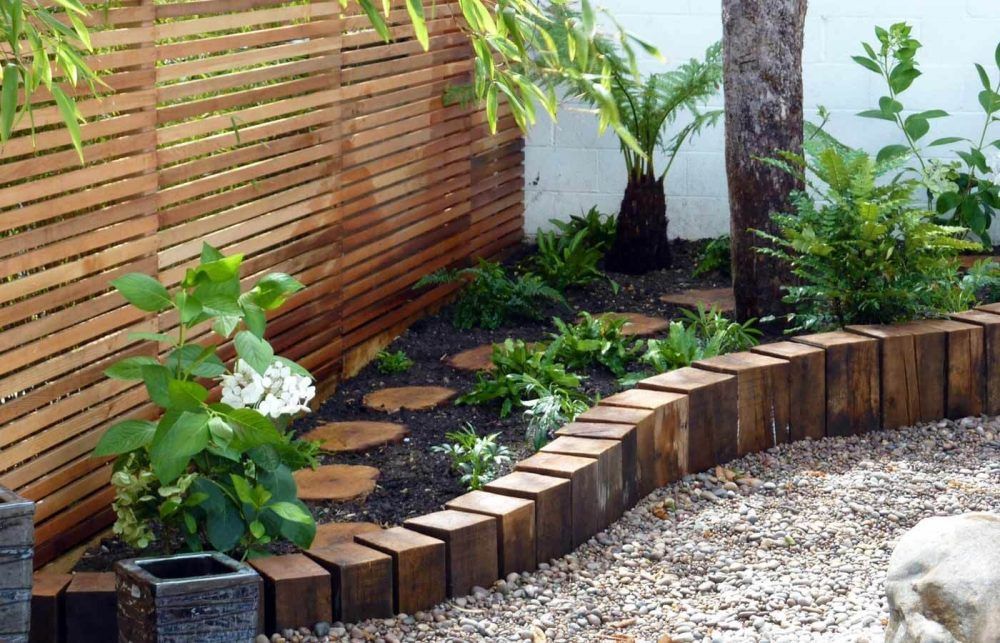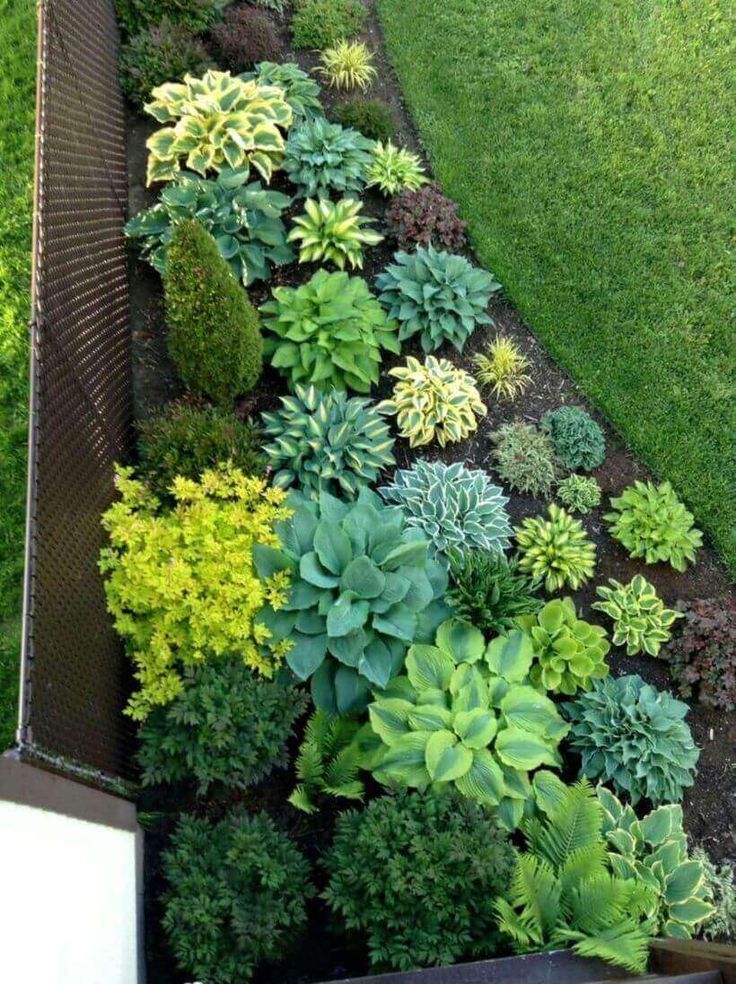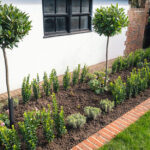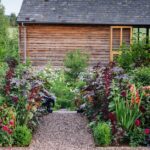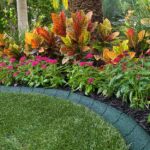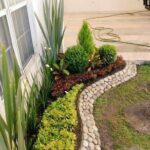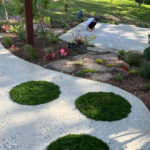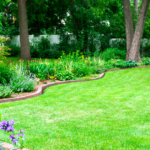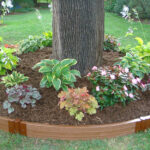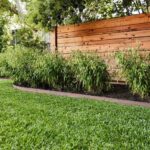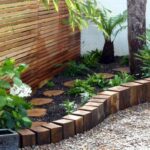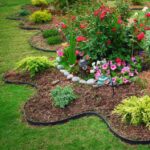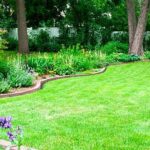Garden edging is an essential element in garden design that not only adds a finishing touch to your outdoor space but also serves practical purposes. From defining the borders of different areas within your garden to preventing grass and weeds from encroaching on flower beds, edging plays a crucial role in maintaining the overall look and functionality of your garden.
There are various types of garden edging materials to choose from, each offering its own unique aesthetic appeal and level of durability. Common options include wood, plastic, metal, stone, and concrete. Depending on your specific needs and style preferences, you can select the material that best complements the overall design of your garden.
In addition to selecting the right material, the design of your garden edging is also important in creating a cohesive and visually appealing landscape. For a more formal look, straight lines and geometric shapes can be used to create a sense of order and symmetry. On the other hand, curved or meandering edging can add a more natural and organic feel to your garden, blending seamlessly with the surrounding plants and foliage.
When installing garden edging, it is important to consider the practical aspects as well. The edging should be tall enough to prevent grass and weeds from creeping into your flower beds, but not too high that it becomes a tripping hazard. It should also be sturdy enough to withstand the elements and regular maintenance such as mowing and trimming.
In terms of maintenance, garden edging should be periodically inspected for any signs of wear and tear, such as cracking, shifting, or fading. Regular cleaning and touch-ups can help prolong the lifespan of your edging and keep it looking fresh and well-maintained. Additionally, consider adding mulch or decorative stones along the edges to enhance the overall aesthetic of your garden and create a polished finish.
Overall, garden edging is a key element in garden design that not only helps define and organize your outdoor space but also adds texture and visual interest to your landscape. By choosing the right material, design, and maintenance approach, you can create a beautiful and functional garden that you can enjoy for years to come.
